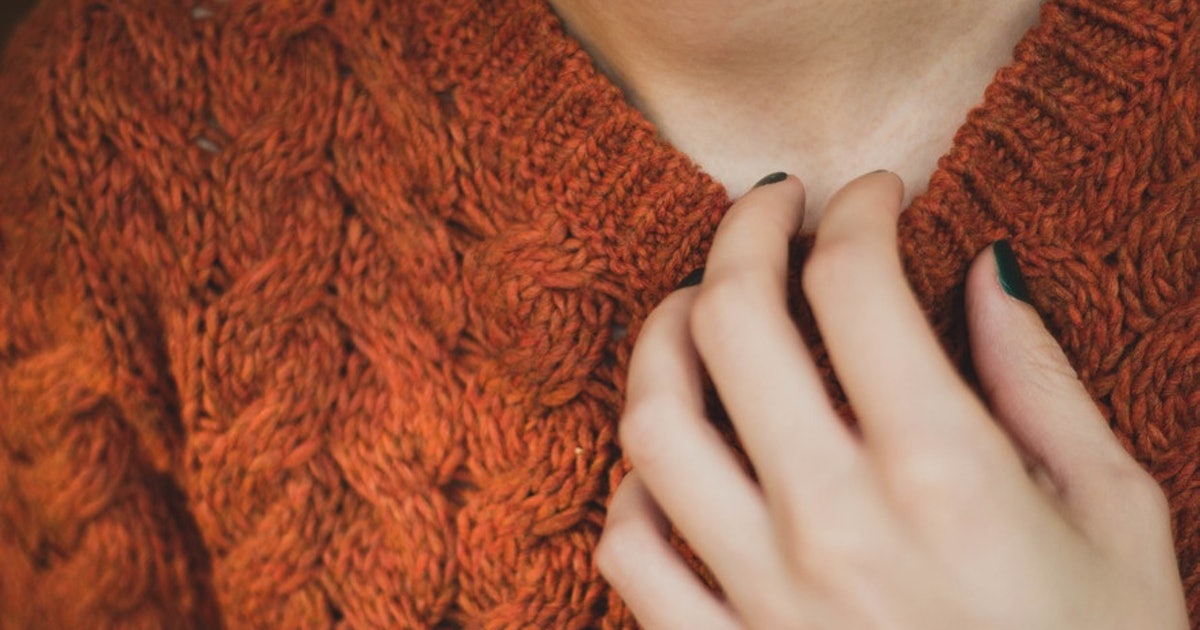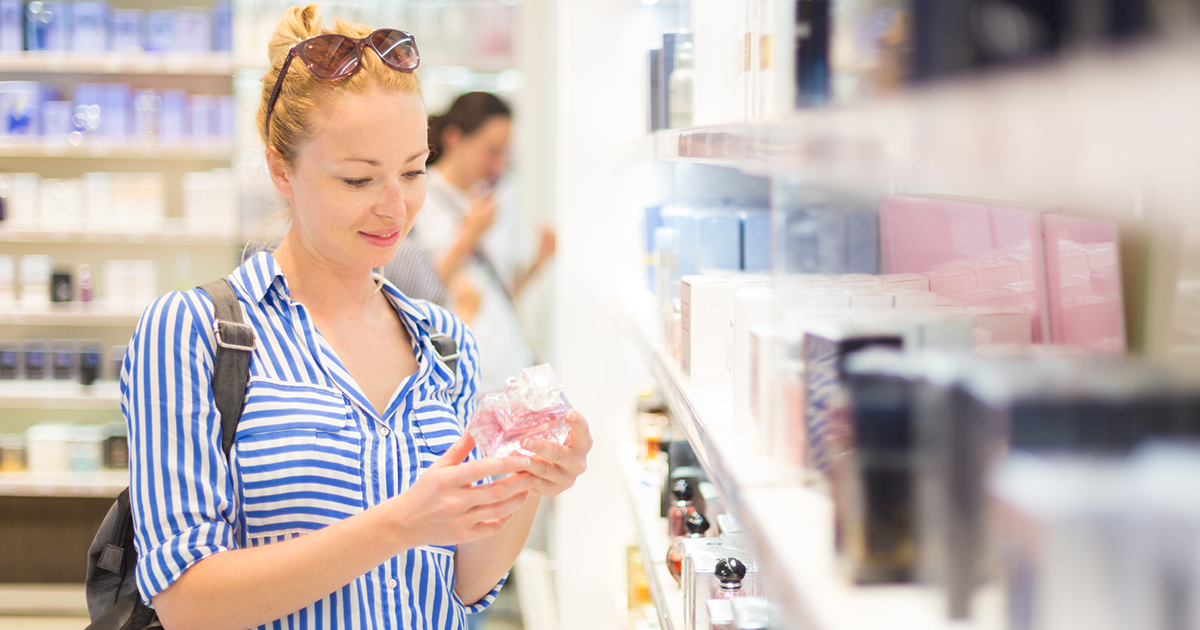Triggers For Atopic Dermatitis Flare-Ups
Atopicdermatitis is a form of eczema that typically begins before an individual is five years old. It causes itchy rashes in skin folds and areas such as the face, hands, arms, feet, and ankles. Patients can also develop open sores, cracked skin, scaly patches, and itching to introduce bacteria that might produce a skin infection. Symptoms can persist into adulthood. Patients with this condition have flare-ups interspersed with periods of remission.
Individuals typically work with a dermatologist to develop an atopic dermatitis treatment plan. Some patients will need atopic dermatitis medication, such as biologics and immunosuppressants. Other options for treating this condition are topical medications and antibiotics for atopic dermatitis and skin infections. Atopic dermatitis natural treatment options may include wet wrap therapy, light therapy, and soothing creams. However, patients should start with avoiding triggers for atopic dermatitis as part of their treatment.
Perfume And Makeup
Patients with atopic dermatitis might experience a flare-up after applying certain types of perfume and makeup. These cosmetics typically contain dyes, parabens, and petroleum-based ingredients that could cause skin redness, irritation, and dryness. Fragrances can be particularly problematic for atopic dermatitis patients, as they can contain more than one hundred ingredients, many of which are not disclosed by the manufacturers. Fragrances cause between thirty to forty-five percent of the reported reactions to cosmetic products.
To reduce the risk of a flare-up when using perfume, patients may want to consider purchasing a fragrance that contains as few ingredients as possible or one marketed towards individuals with sensitive skin. It can be helpful to spray perfume on clothing instead of spreading it directly onto the skin. Patients with atopic dermatitis should perform a patch test before using any fragrance. In terms of makeup, using organic products free from synthetic dyes and artificial preservatives may help. For example, some lipsticks and eyeshadows are now pigmented with fruit dyes, which could provide a safer alternative for atopic dermatitis.
Uncover more triggers for flare-ups of atopic dermatitis now.
Certain Fabrics

Since atopic dermatitis damages the skin's surface, patients with this condition may find they are more susceptible to irritation from certain fabrics used in clothing or bedding. For example, wearing itchy fabrics like wool can cause patients to begin scratching the skin, which could trigger a flare-up that includes open sores, skin weeping, and cracking. Patients may also be sensitive to other fabrics, including synthetic materials such as rayon, polyester, nylon, spandex, and acrylic. Thus, doctors suggest patients avoid these fabrics altogether.
Since every patient is different, finding fabrics that do not irritate requires a bit of experimentation. Generally, materials such as cotton and silk are less likely to cause skin irritation for atopic dermatitis patients. However, some patients find cotton creates friction on their skin, and some cotton is dyed with a potentially irritating chemical. While silk is a natural fabric, it contains a sericin protein that could cause some allergies for patients who cannot tolerate sericin. A type of silk known as Dermasilk could be beneficial. Dermasilk is a loosely knitted fabric specifically treated to remove the sericin, and an antimicrobial agent is bonded to the material. Patients with this condition may want to keep a journal of fabrics they have tried, noting any irritation that occurs.
Read more about what can trigger atopic dermatitis flare-ups now.
